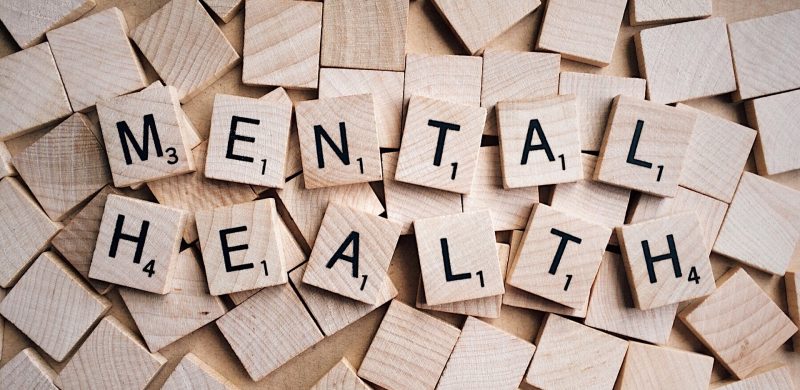
This year, Google launched a depression screening test that appears alongside search results for depression-related queries. Many companies offer Employee Assistance Programs, which provide support or benefits to employees with personal and/or work-related issues. And the National Alliance on Mental Health provides a number of ways to seek support, including helplines, programs, and fact sheets.
Through this tool Google can help increase the proportion of U.S. citizens who actually seek help for depression.
“Clinical depression is a very common condition, in fact, approximately one in five Americans experience an episode in their lifetime. However, despite its prevalence, only about 50 percent of people who suffer from depression actually receive treatment,” NAMI CEO Mary Giliberti said.
The test, which can measure what level of depression a person may be suffering, could add fuel to the ongoing medical debate about people self-diagnosing on the internet. However, the results are intended to help raise awareness of mental illness and help people have a more informed conversation with their doctor, Giliberti said.
“We believe that awareness of depression can help empower and educate you, enabling quicker access to treatment. And while this tool can help, it’s important to note that PHQ-9 is not meant to act as a singular tool for diagnosis.” Giliberti wrote. “We hope that by making this information available on Google, more people will become aware of depression and seek treatment to recover and improve their quality of life.”
Globally, more than 300 million people suffer from depression, and 260 million suffer from anxiety disorders—many of whom live with both conditions. A study by the World Health Organization found that such disorders cost the global economy $1 trillion in lost productivity each year.
A deeper look at how mental health issues affect people worldwide shows that
- 1 in 5 (or 43.8 million) adults experience mental illness in a given year.
- 1 in 25 (or 10 million) adults experience a serious mental illness.
– 1 in 100 (or 2.4 million) live with schizophrenia.
– 2.6% (or 6.1 million) of Americans have bipolar disorder.
– 6.9% (or 16 million) suffer from severe depression.
– 18.1% (or 42 million) live with an anxiety disorder.
– 90% of those who die by suicide have an underlying mental illness.
And yet:
- Only 41% of adults with a mental health condition received help and less than 50% of children 8-15 received mental health services.
- Only 36.9% of those suffering from anxiety receive treatment.
- Less than 20% of Americans with moderate depressive symptoms sought help from a medical professional.
- And 4% of young adults with self-reported mental health needs forego care.
While the statistics might seem very discouraging and disheartening, there are a number of ways to get help if you or a loved one is struggling with a mental health condition.
In light of the World Mental Health Day, let us bear in mind that whenever we feel down or depressed, we should seek help and communicate in order to overcome struggles and challenges together as a community.





